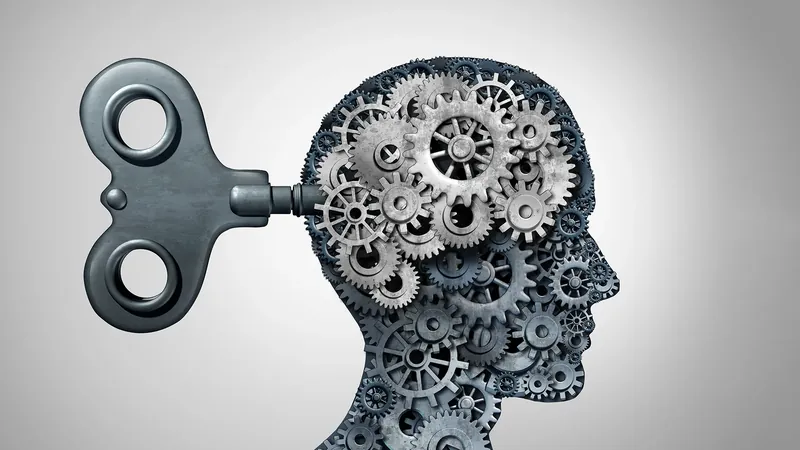
Unlocking the Dopamine Clock: How Your Brain Predicts Joy
2025-06-09
Author: Yu
The Brain’s Reward Master: Meet the VTA
Deep within our brain lies a powerhouse known as the ventral tegmental area (VTA), the epicenter of motivation and reward. This tiny cluster of neurons is the brain's primary source of dopamine, a critical neuromodulator that sends signals throughout the brain, igniting actions in response to positive stimuli.
More Than Just a Reward Center
Once thought to merely signify rewards, the VTA's role has evolved in our understanding. Professor Alexandre Pouget, from the University of Geneva, sheds light on a groundbreaking discovery: the VTA doesn’t just encode the reward itself; it predicts when that reward will happen!
In animal experiments, researchers found that when light signals consistently precede a reward, the VTA releases dopamine not at the moment the reward is received—but at the appearance of the signal itself! This crucial insight shows that the brain is anticipating pleasure before it arrives.
Reinforcement Learning: The Brain’s Secret Weapon
This process, known as reinforcement learning, requires minimal oversight and is fundamental to human learning. Interestingly, it forms the backbone of many advanced artificial intelligence systems, such as AlphaGo, which famously triumphed over a world champion in the game of Go.
Revolutionizing Our Understanding of Reward Timing
In a recent collaborative study, Pouget's team, alongside experts from Harvard and McGill, unveiled astonishing new dimensions of the VTA's function. They discovered that instead of simply predicting future rewards as a collective, the VTA intricately maps out their timeline. Each potential gain is represented distinctly, with precise expectations regarding when it might occur.
This nuanced approach reveals a stunning layer of complexity. While it's understood that VTA neurons prioritize immediate rewards over distant ones—akin to valuing a bird in hand over two in the bush—the research indicates that different neurons are specialized for varying time scales. Some focus on imminent rewards, while others consider one-minute or longer-term gains, granting our brain the flexibility to adjust its strategies based on immediate desires or future aspirations.
A Symbiotic Relationship: AI Meets Neuroscience
This breakthrough highlights a thrilling intersection between neuroscience and artificial intelligence. Pouget developed a mathematical algorithm that integrates reward timing, which, when applied to extensive neurophysiological data on VTA activity gathered by Harvard's researchers, produced results that aligned flawlessly with real-world findings.
This fascinating relationship showcases a two-way street where our understanding of brain function inspires AI, while innovative algorithms unveil the intricacies of our neurophysiological mechanisms. It’s a remarkable journey of discovery that may enhance not just our scientific knowledge, but also the technologies that shape our future.


 Brasil (PT)
Brasil (PT)
 Canada (EN)
Canada (EN)
 Chile (ES)
Chile (ES)
 Česko (CS)
Česko (CS)
 대한민국 (KO)
대한민국 (KO)
 España (ES)
España (ES)
 France (FR)
France (FR)
 Hong Kong (EN)
Hong Kong (EN)
 Italia (IT)
Italia (IT)
 日本 (JA)
日本 (JA)
 Magyarország (HU)
Magyarország (HU)
 Norge (NO)
Norge (NO)
 Polska (PL)
Polska (PL)
 Schweiz (DE)
Schweiz (DE)
 Singapore (EN)
Singapore (EN)
 Sverige (SV)
Sverige (SV)
 Suomi (FI)
Suomi (FI)
 Türkiye (TR)
Türkiye (TR)
 الإمارات العربية المتحدة (AR)
الإمارات العربية المتحدة (AR)